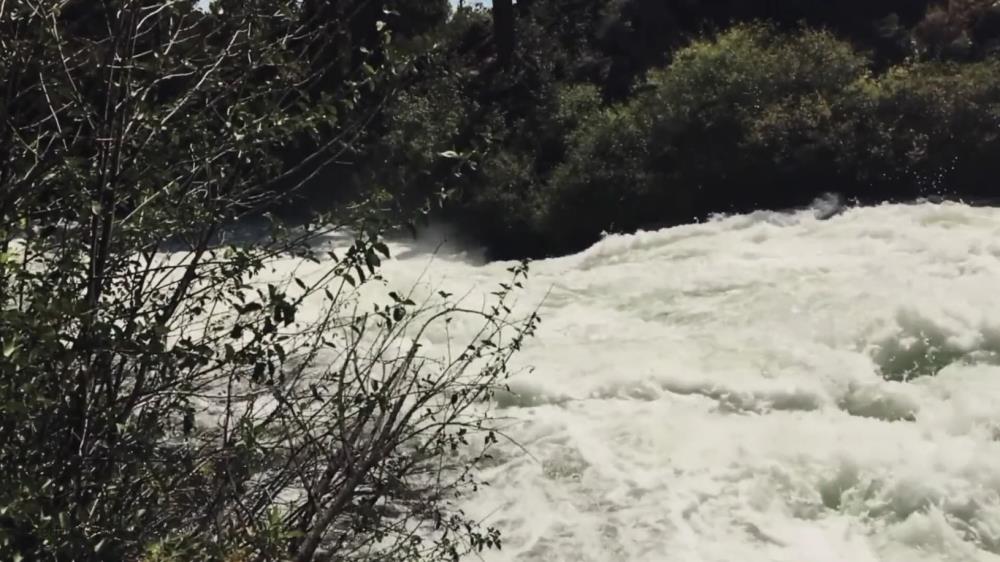
Related items loading ...
Section 1: Publication
Publication Type
Thesis
Authorship
Zhou, B., Shafii, M., Parsons, C., Passeport, E., Rezanezhad, F., Lisogorsky, A., Van Cappellen, P.
Title
Phosphorus retention in a bioretention cell: Insights from process-based reaction-transport modelling
Year
2022
Publication Outlet
In Fall Meeting 2022. AGU
DOI
ISBN
ISSN
Citation
Zhou, B., Shafii, M., Parsons, C., Passeport, E., Rezanezhad, F., Lisogorsky, A., Van Cappellen, P. (2022) Phosphorus retention in a bioretention cell: Insights from process-based reaction-transport modelling. In Fall Meeting 2022. AGU.
https://agu.confex.com/agu/fm22/meetingapp.cgi/Paper/1132741
Abstract
Bioretention cells (Bio-C) have emerged as a low impact development (LID) option to reduce peak discharge and nutrient export from urban areas. Despite growing implementation globally, understanding of P cycling and retention mechanisms in Bio-C is limited. Here we present a novel numerical reactive transport model to simulate the fate and transport of P in a Bio-C system in the greater Toronto metropolitan area. Unlike existing Bio-C models, our model incorporates a detailed representation of the biogeochemical reaction network that control P cycling and retention within the cell. We used this model as a diagnostic tool to determine the relative importance of different P removal processes and their contributions to the P accumulation trajectory within the Bio-C over 8 years of operation. Model results were validated against time series flow data, plus water chemistry and soil filter media P concentration depth profiles measured between 2012 and 2019. A sequential extraction method was also applied to soil cores collected in 2019 to validate the model-derived P pools profiles. The simulations reproduce the TP and SRP outflow loads, the TP accumulation rate in the soil filter media and the partitioning of P between different soil chemical pools. Results indicate that groundwater recharge is the dominant mechanism responsible for decreasing the surface water discharge from the Bio-C (63% runoff reduction), but that accumulation in the soil filter media is the predominant P removal mechanism (57% of TP influx). Of P retained within the soil filter media, 48% is highly stable, 41% potentially remobilizable, and 11% easily remobilizable. In addition to elucidating P cycling, our model can help assess the impact of Bio-C design choices on P retention efficiency and the stability of the retained P.
Plain Language Summary


 GWFNet
GWFNet Master
Master Data
Data Research
Research Map
Map
 Advanced
Advanced . . .
. . .

 Metadata Editor
Metadata Editor
 Record List
Record List
 Alias List Editor
Alias List Editor
 Legacy sites
Legacy sites